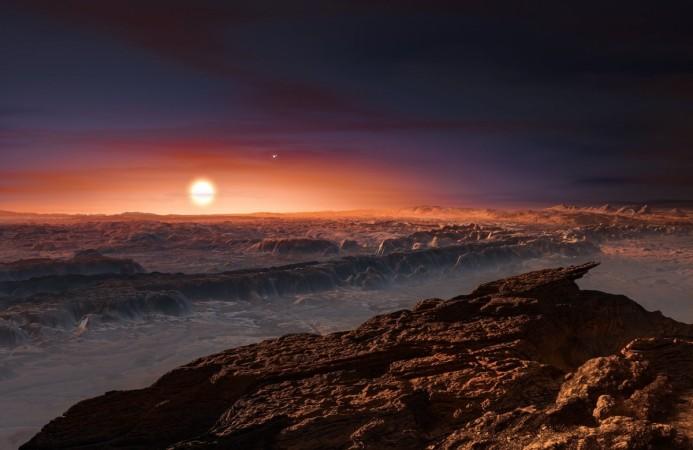
Many were fascinated by the possibility of existence of life when an earth-like alien world known as Proxima b was found orbiting the Proxima Centauri by scientists in August but new study has suggested that there may not be life on the exoplanet because of superflares or explosions from its star.
Proxima Centauri is the closest star to the solar system, more than 600 times dimmer than the sun and just 4.22 light years away from the earth. The exoplanet called Proxima b is a rocky planet slightly larger than the earth and it orbits the red dwarf star. It is a habitable zone with right temperature for existence of water and life like the earth.
[READ: Ruby-producing mineral forms the clouds of exoplanet HAT-P-7b!]
However, the excitement didn't last long as a new research has claimed that there may not be life in the exoplanet citing superflares it may have experienced from its star. The distance between Proxima b and Proxima Centauri is one-tenth that of between Mercury and the sun, they claimed that the exoplanet has high possibility of being subjected to superflares that can be thousands of times more powerful than that of the sun.
Dimitra Atri, a research scientist at the Blue Marble Space Institute of Science in Seattle, has said that Proxima b may not be subjected to superflares if it has magnetic field like the earth but has the danger of receiving "extinction-level" radiation from superflares if alien world's magnetic field is weak, reported Space.
"I would say that it is too premature to call Proxima b habitable," Atri told Space. "There are many factors that would decide whether such a planet can sustain a biosphere. More data will help clarify the situation."
(Source: Space)

















